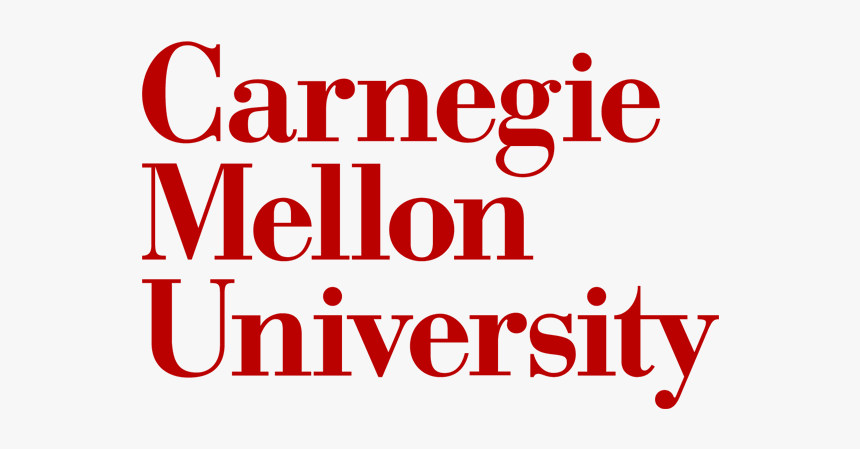Carnegie Mellon University: CMU CompBio Researchers Take Leading Roles in NIH SenNet Program
Carnegie Mellon University’s Computational Biology Department will lend leadership, critical expertise and computational resources to an ambitious National Institutes of Health program to locate and study senescent cells in the human body.
Senescent cells — cells that no longer divide and multiply — play both positive and negative roles in biological processes. They can aid in wound repair or preventing tumor growth in some cancers, but they also can contribute to cancer and age-related disorders such as osteoporosis, frailty, cardiovascular disease and dementia by producing signals that damage neighboring tissue.
The NIH Common Fund today announced the establishment of the Cellular Senescent Network (SenNet) program and $125 million in funding over the next five years. SenNet is an effort to map senescent cells in the body to better understand how and why they develop and set the course for new therapies for age-related diseases.
“Senescent cells have an impact on a lot of different processes in the body,” said Ziv Bar-Joseph, one of the CMU researchers involved in SenNet. “The thinking is, if we can find them and characterize them, then maybe we can come up with drugs that will remove them.”
CMU researchers will be involved in three areas of SenNet. Bar-Joseph, the FORE Systems Professor of Computer Science with appointments in computational biology and machine learning, is one of three leaders for the Consortium Organization and Data Coordinating Center. This center will function as the hub for all 16 teams working across SenNet. Bar-Joseph also is leading the computational analysis core of the TriState SenNet Tissue Mapping Center, which will focus on mapping senescent cells in the heart and lungs.
Jian Ma, the Ray and Stephanie Lane Professor of Computational Biology, is among three leaders of a technology development and application project through SenNet. The project, called Spatial Omics Technologies To Map the Senescent Cell Microenvironment, aims to develop technologies to help the entire program better identify and characterize senescent cell locations throughout the human body. SenNet will bring several million dollars in NIH research funding to CMU and connect the university to groundbreaking developments across the program.
SenNet’s Consortium Organization and Data Coordinating Center (CODCC) is a $17.5 million collaboration between CMU, the University of Pittsburgh and the Pittsburgh Supercomputing Center (PSC), which itself is a joint center of CMU and Pitt. Bar-Joseph, Jonathan Silverstein from Pitt and Philip Blood from the PSC will lead the CODCC (U24CA268108)*.
The Pittsburgh-led center will coordinate and manage SenNet and provide crucial computing software and hardware to knit together the program’s eight Tissue Mapping Centers and seven Technology Development and Application Projects. It will store, index, integrate and make available the data generated by the individual teams working as part of SenNet. The center will set standards for data accuracy and provenance, provide reliable and expansive data storage, develop novel computational methods, and disseminate data and analytical tools to help scientists make sense of the vast amounts of information generated.
“All of this data — which is huge, on the order of terabytes — needs to be computationally processed. It needs to be analyzed. It needs to be characterized. We need to look at what these cells are; where are they located; how many are there,” Bar-Joseph said. “This is really a mapping project of the senescent cells in the human body, and we are creating the atlas.”
The TriState SenNet Tissue Mapping Center (U54AG075931)* is one of the teams generating data to feed into the CODCC. The $13.5 million mapping center unites researchers from CMU, Pitt, the University of Rochester and The Ohio State University. The center will be led by Toren Finkel, Melanie Königshoff and Oliver Eickelberg, all from Pitt; Irfan Rahman of the University of Rochester; Ana Mora and Mauricio Rojas of The Ohio State University; and Bar-Joseph.
The center will develop maps of senescent cells in the heart and lung. The researchers will map gene expression and protein composition in senescent cells from human tissue slices and lab-grown mini organs. They’ll compare different types of senescent cells from across the lifespan to characterize biomarkers of senescence. Bar-Joseph and his team at CMU will do preliminary computational analysis of the data generated by the tissue mapping center before it heads to the CODCC.
Ma’s work on a Technology Development and Application Project (UG3CA268202)* will cut across the entire SenNet program. He will work closely with Nicola Neretti at Brown University and Siyuan (Steven) Wang at Yale University to develop integrative experimental and computational technologies to better identify senescent cells. The project will combine the molecular signatures of the cells, like DNA, RNA and protein, with how the cells are organized in relation to other cells in complex tissues. The researchers will capture the spatial organizations of the cells using emerging technologies.
“Spatial organization turns out to be critical in defining cell identity,” Ma said. “That information will be part of the input of our new machine learning models that we will develop to better identify senescent cells.”

